Fury vs Wilder II: The Breakdown
It seems strange to know so much about two fighters – their strengths and weaknesses and how their styles mesh –and yet the outcome of a match between them feels so unpredictable. That’s what we are getting in Fury vs Wilder II, though: a true pick’em fight. Both came so tantalizingly close to victory in their 12 round draw in December 2018, and by such different methods, that it’s as easy to envisage Wilder blitzing his way to a knockout in the rematch as it is to imagine Fury befuddling his way to a clear decision. Oddsmakers on both sides of the Atlantic can barely split them, a sure sign we are getting an excellent contest, and one that should take us a step closer towards crowning a single heavyweight champion. Here are some of the key factors that could determine the winner the big heavyweight rematch fight fans can’t wait to see: Fury vs Wilder II.
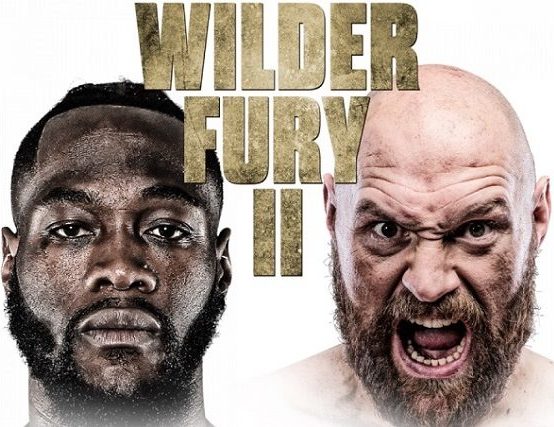
Recent Form
Since they last fought, Fury scored an easy second-round TKO over unknown German Tom Schwarz followed by a gruelling 12-round decision over another obscure European, Otto Wallin. Meanwhile, Wilder blasted out former world title challenger Dominic Breazeale in the first round and knocked out the highly-ranked Cuban, Luis Ortiz, in seven. On paper then, not only has Wilder beaten the stiffer competition, he’s also looked more impressive doing it. On closer inspection though, perhaps all is not quite as it first seems on paper.
Firstly, while Wilder’s highlight-reel finishes provided more emphatic proof of his freakish, fight-ending power, in itself that didn’t really tell us anything we didn’t already know. And though Wilder’s patience and poise against Ortiz were impressive, the fact that he was made to look so ordinary for most of the first six rounds left serious question marks over whether such a strategy would pay off against a younger, sharper fighter who could maintain Ortiz’s success over the championship distance.
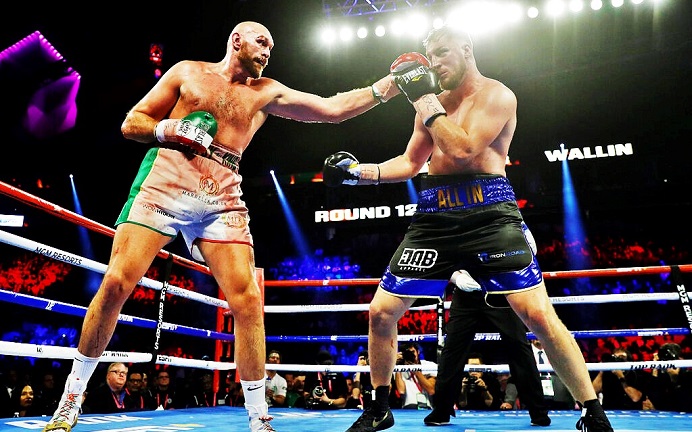
Fury’s facile win over Tom Schwarz likewise didn’t tell us anything useful, but his battle with Wallin was much more revealing. On the one hand, the amount of punches he took certainly did not bode well, and the gash suffered over his eye could easily have cost him the fight, and may provide a weak spot for Wilder to target. Some credit should be given to Fury for managing the crisis and grinding out a win against a capable fighter, though. Wallin won’t be a pushover for anyone at heavyweight, and in terms of Fury’s preparation for a potential dogfight against Wilder, the 12 hard rounds should stand him in good stead in Fury vs Wilder Part II.
Rematches
In 43 fights, Bermane Stiverne is still the only other man (along with Fury) to get through a professional boxing match against “the Bronze Bomber” without being knocked out, lasting the distance in their 2015 fight for the WBC title. When they rematched in 2017 though, Stiverne came into the ring with 15 pounds of extra weight and two years of inactivity behind him, and was brutally dispatched inside a single round. Against Luis Ortiz, Wilder was on the brink of being stopped in a torrid seventh round the first time they met, before recovering and finishing Ortiz in ten. In the return last November, Wilder stopped him three rounds earlier without ever being seriously hurt himself, although he was being badly outboxed until a single right hand short-circuited Ortiz’s senses.
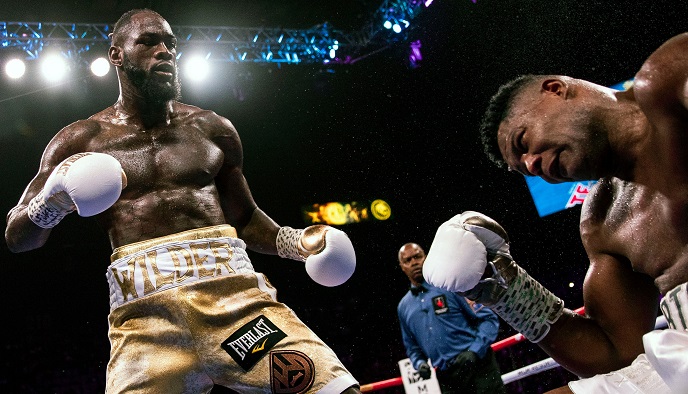
Like Wilder, Fury has also rematched two opponents in his career. Way back in September 2009 he won a highly contentious 10-round decision in his eighth pro fight over “Big” John McDermott (25-5 at the time). In the rematch nine months later Fury left no doubt though, knocking McDermott down three times en route to a conclusive ninth-round stoppage. In another competitive scrap in 2011, Fury won a hard-fought decision over undefeated rival Derek Chisora for the British heavyweight title. Three years later a motivated Chisora came into the ring 20lbs lighter and with valuable big-fight experience behind him, having gone the distance with WBC world champ Vitali Klitschko, but a punch-perfect Fury boxed flawlessly until Chisora was rescued from the one-sided beating by his corner after ten rounds.
Both men have been successful in rematches and dealt with their opponents more efficiently second time around then, but the devil in the detail suggests the advantage for Fury vs Wilder II edges towards “The Gypsy King” on this one.
Power vs Powers of Recovery
Wilder is fond of repeating the mantra that, “These guys have to be perfect for 12 rounds; I only have to be perfect for two seconds.” Certainly, his latest wins have galvanised this notion, but perhaps we shouldn’t get too carried away. After all, Fury did get up from both knockdowns in their fight and even fought back to win the rest of the round after his WWE Undertaker-style rise from the dead. That wasn’t the first time he’s shown remarkable powers of recovery, either. Heavily floored by overhand rights vs Neven Pajkic and Steve Cunningham, both times Fury got up to win by stoppage. As the late trainer Brendan Ingle used to say of Fury: “You have to nail him to the floor to beat him.”
Of course, some will say that if only Jack Reiss had not given Fury such a long count, or if only it had been another referee, or if only Wilder’s shot landed just a little bit more cleanly, Fury “would have” been knocked out. The problem with this kind of reasoning is that it runs both ways: “If only” Fury had turned his head a split second earlier, or if only he’d maintained his concentration for a few seconds longer, he wouldn’t have been knocked down in the first place. All we can say for sure is that Wilder has freakish power and Fury has freakish powers of recovery – and either one could feasibly prove more decisive. A more pertinent question is whether Wilder can land the power at all. Which brings us to…
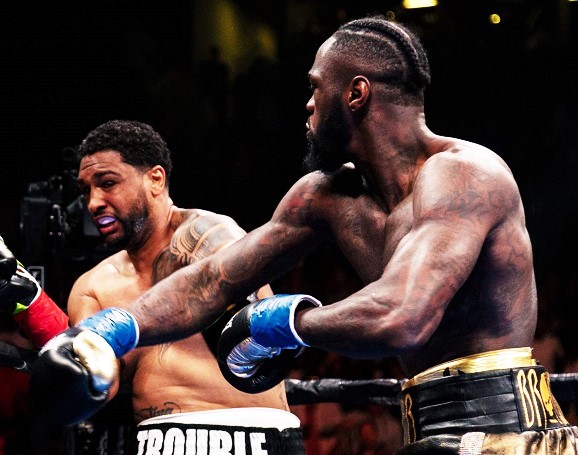
Ring Generalship
During Fury vs Wilder I, Tyson’s former trainer Ben Davison could be heard imploring his charge to “keep taking the distance from him.” Meanwhile, in the opposing corner the message from Jay Deas was, “you’re getting closer and closer.” In other words, the person who wins this fight will not be the one who punches harder or more often, it will be the one who can dictate the range at which the punching takes place.
This is something a properly focused Fury is masterful at controlling. Wladimir Klitschko could barely lay a glove on him, and Wilder spent the vast majority of their fight swinging at air, too. Afterwards Wilder admitted, “I couldn’t let it go tonight, I was rushing it, I was forcing my punches.” There’s a good reason for this: Fury was able to maintain the distance he needed to draw the punches out, anticipate their trajectory and make them miss.
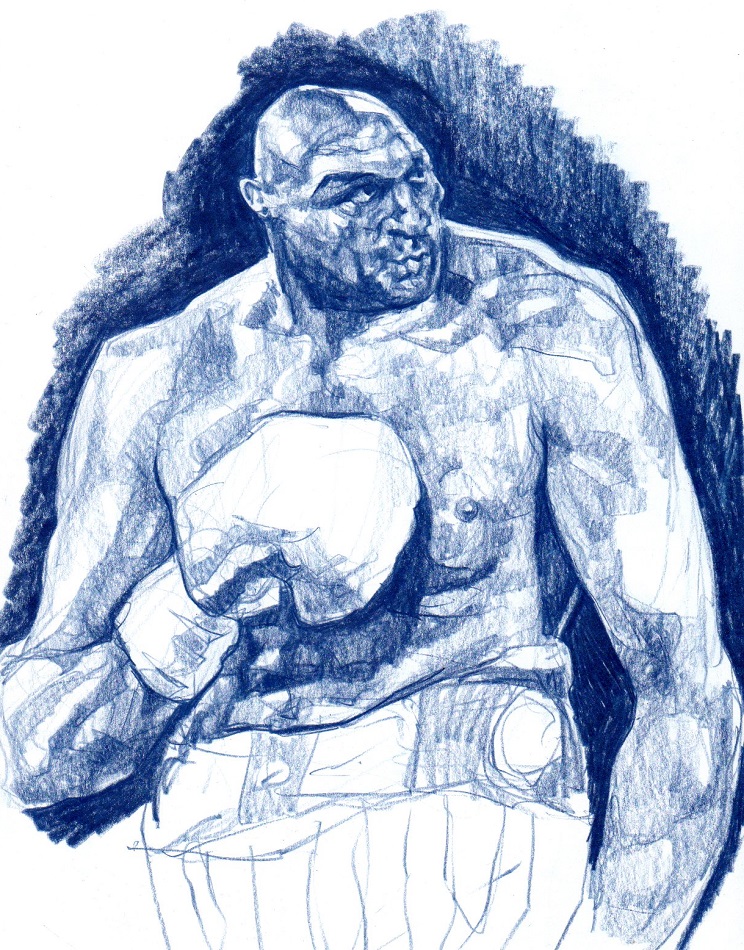
Eventually Fury did get caught though, and there’s a good reason for this, too: Wilder’s punching technique often looks crude, but he clearly possesses more skill than first meets the eye. What he lacks in finesse he makes up for with explosive timing and a knack for effectively cutting off the ring. This time, if Wilder’s going to be more successful, he’s going to need to make his attacks less predictable, be more patient getting into position, and then punch on his own terms, rather than Tyson’s.
Room for Improvement
With Tyson outperforming expectations in the first fight and Wilder having something of an off-night, it’s understandable why some people think the American is the one with more room for improvement. For starters, he could add a bit more variety to his offense, jabbing and feinting more, going to the body and looking for uppercuts as well as overhand rights in order to help set up the desired money punch. Having learned from 12 rounds in the ring already, he could gauge Tyson’s awkward rhythm much earlier this time, anticipate the feints and head movement, and then start to time him more easily.
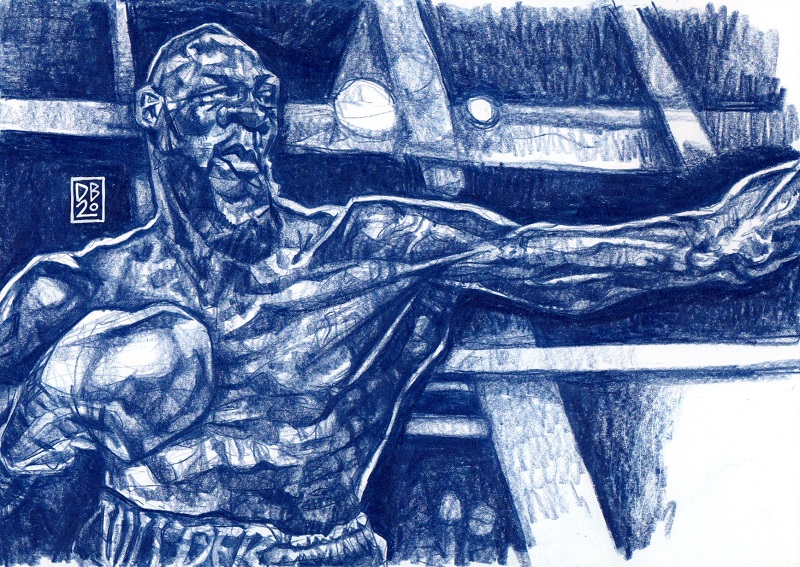
Against someone as slippery as Fury this is much easier said than done, though. Wilder’s own ring IQ may be underrated, but Tyson is still the more versatile boxer of the two, and he’ll also have learned from their first encounter. Fury’s talk of going for a “Kronk style” knockout might be pre-fight gamesmanship, but we shouldn’t be too surprised if he fights more offensively this time. As new chief trainer Sugar Hill noted: “It’s a risky strategy, but it will also be risky to try to stay away. When you try to stay away sometimes, that may be [making him] more confident… he’s growing and getting more confident with you staying away trying to be extra cautious.”
In other words, the idea of Fury pressing the action may not be as crazy it first sounds. That doesn’t mean going out all guns blazin’, it just means being a bit more assertive in the right spots. By still maintaining distance when he wants to and tying up on the inside when he needs to, but also looking to capitalize more forcefully when he does draw mistakes, he can offset Wilder’s attacks and make the puncher more hesitant, while doing his own damage at the same time. Let’s not forget, Fury can also hurt Wilder if he lands cleanly.
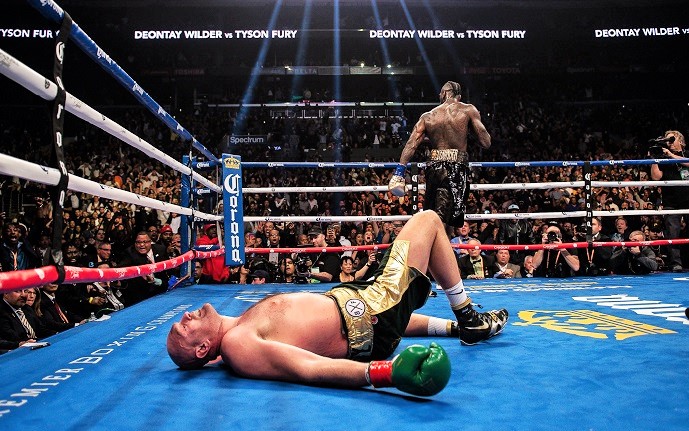
Final Word
The early tactical battle of Fury vs Wilder II will be fascinating. Could Wilder end matters emphatically this time? Sure, only a fool would write off the possibility entirely. But if he relies too much on a finding a single home run punch at the expense of an effective 12-round strategy, he could find himself waiting and waiting until the fight has passed him by. Fury will need to ride out some stormy waters, and the late rounds will be crucial as tiredness begins to set in, but ultimately, I think his ring IQ wins out and he dictates the majority of the action. Fury is a big game fighter; he performs best when the danger is most real, and he knows better than anyone the danger posed here. My guess is that a sharper and more active Fury stays switched on for the full 12 rounds and gets the job done. — Matt O’Brien

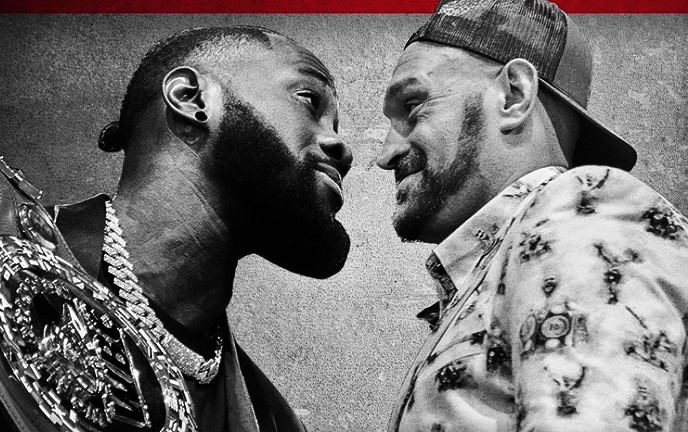




A Fury win by ko
Man, I’m looking like a genius.